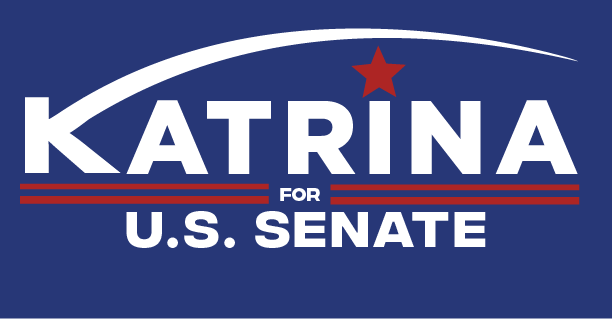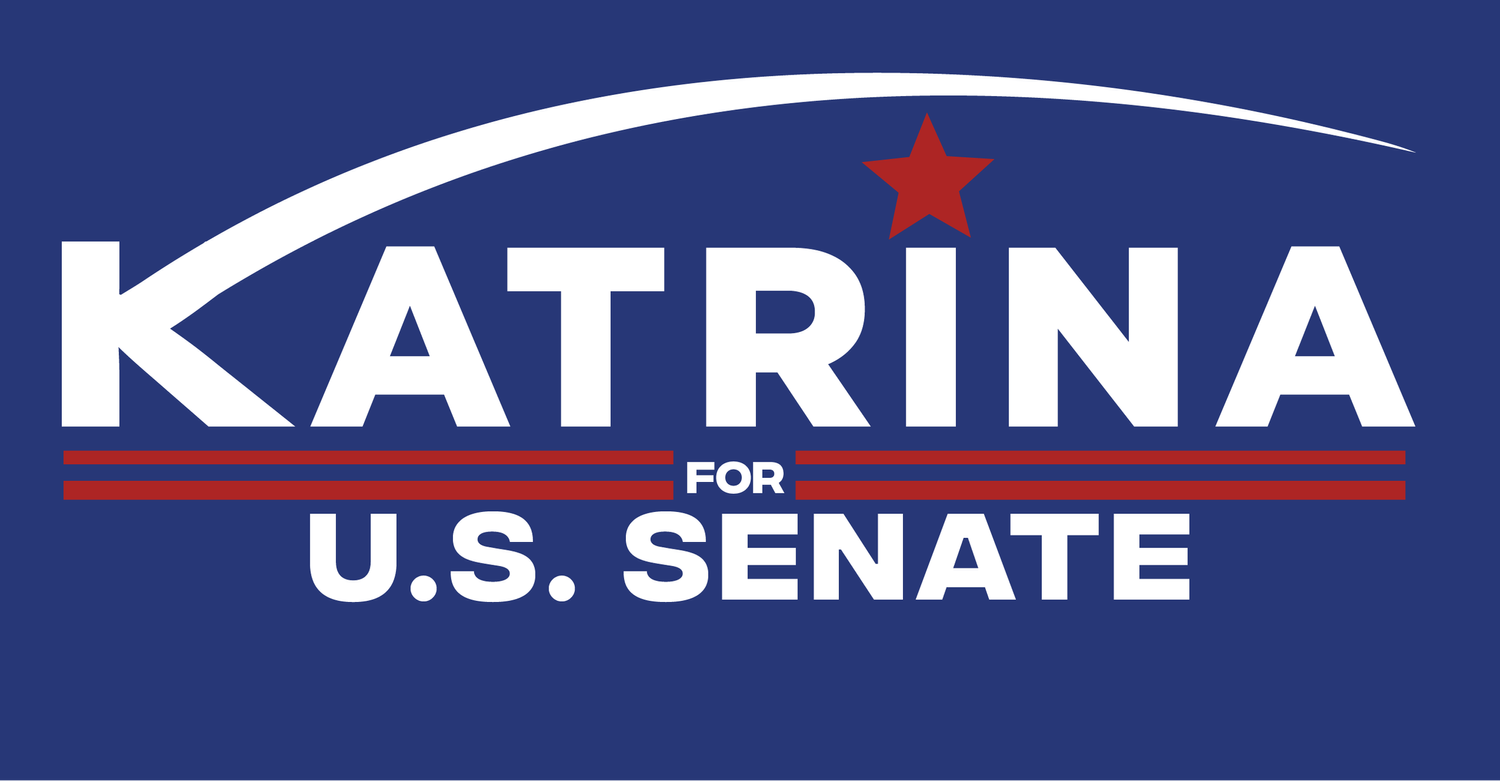Port: Don't treat North Dakota's elections as though they're over
Published by The Jamestown Sun | July 6, 2024
Voters fill out their ballots on Election Day at Olivet Church in Fargo on Tuesday, June 11, 2024.
Alyssa Goelzer / The Forum
MINOT — It's understandable for you to believe North Dakota's election cycle is over.
The June primary vote, having chosen which Republicans and Democrats will appear on the November general election ballot, you would be forgiven for assuming that the Republican candidates will win.
That's certainly what the polling shows. A credible survey commissioned by the Brighter Future Alliance and released late last month showed former President Donald Trump leading incumbent President Joe Biden by 34 points, 62% to 28%.
In the U.S. Senate race, incumbent Republican Kevin Cramer leads Democratic-NPL challenger Katrina Christiansen 65% to 28%, while Republican U.S. House candidate Julie Fedorchak leads Democratic-NPL candidate Trygve Hammer 64% to 25%.
As for the gubernatorial race, Republican Kelly Armstrong leads Democratic-NPL candidate Merrill Piepkorn 61% to 22%.
That's a bleak forecast for the Democrats. These races certainly don't seem competitive. Still, there are reasons for you to engage with the general election vote anyway.
First and foremost, it's your civic duty. Cynicism about politics is fashionable — I'm as guilty as anyone — but it also becomes a self-fulfilling prophecy when it drives voters away from participating.
Second, though they may be longshots, the Democratic candidates are worth paying attention to now that the primary has winnowed unserious distractions like Rick Becker, Cara Mund, and Roland Riemers.
Hammer and Christiansen, in particular, are serious-minded candidates with substantial fundraising numbers relative to their immediate Democratic-NPL predecessors in those races. Can they win? The odds are stacked against them. Can they at least make the Republican candidates work for it? Absolutely, and that matters.
In recent years, we've seen plenty of evidence that North Dakota Republicans have grown a bit too comfortable with their power. It would behoove voters to, at the very least, make them feel uncomfortable.
Also, down-ballot races are important and warrant the public's engagement.
In District 46, for instance, can long-time state Rep. Jim Kasper, who harbors aspirations for House Majority Leader, hold on without moderate Republican coattails to ride? In the 2012, 2016, and 2020 cycle, Kasper garnered the least number of votes among the winning House candidates, with centrist Republican running mates like Rep. Shannon Roers Jones (2016 and 2020) and former Rep. Kathy Hawken leading the way.
In District 10, Jared Hendrix, one of the ringleaders of the ultra-right-wing populist faction of the NDGOP, is running for the state House against Democratic incumbent Hamida Dakane, who has earned a solid reputation with colleagues from both parties during her first term. Rep. Steve Swiontek, a moderate incumbent Republican, is also running but is refusing to campaign with Hendrix.
Can North Dakota's ultra-MAGA faction pick up a win in one of the state's few purple districts?
And then there are the ballot measures. The Legislature has put constitutional amendments on the November ballot to reform our broken initiated measure process and how Legacy Fund revenues are handled. We likely see measures to legalize recreational marijuana and abolish taxes on property values, too.
These are essential debates, but if you don't engage because you cynically believe the election cycle essentially ended on primary day, your voice won't matter.
— Opinion by Rob Port


